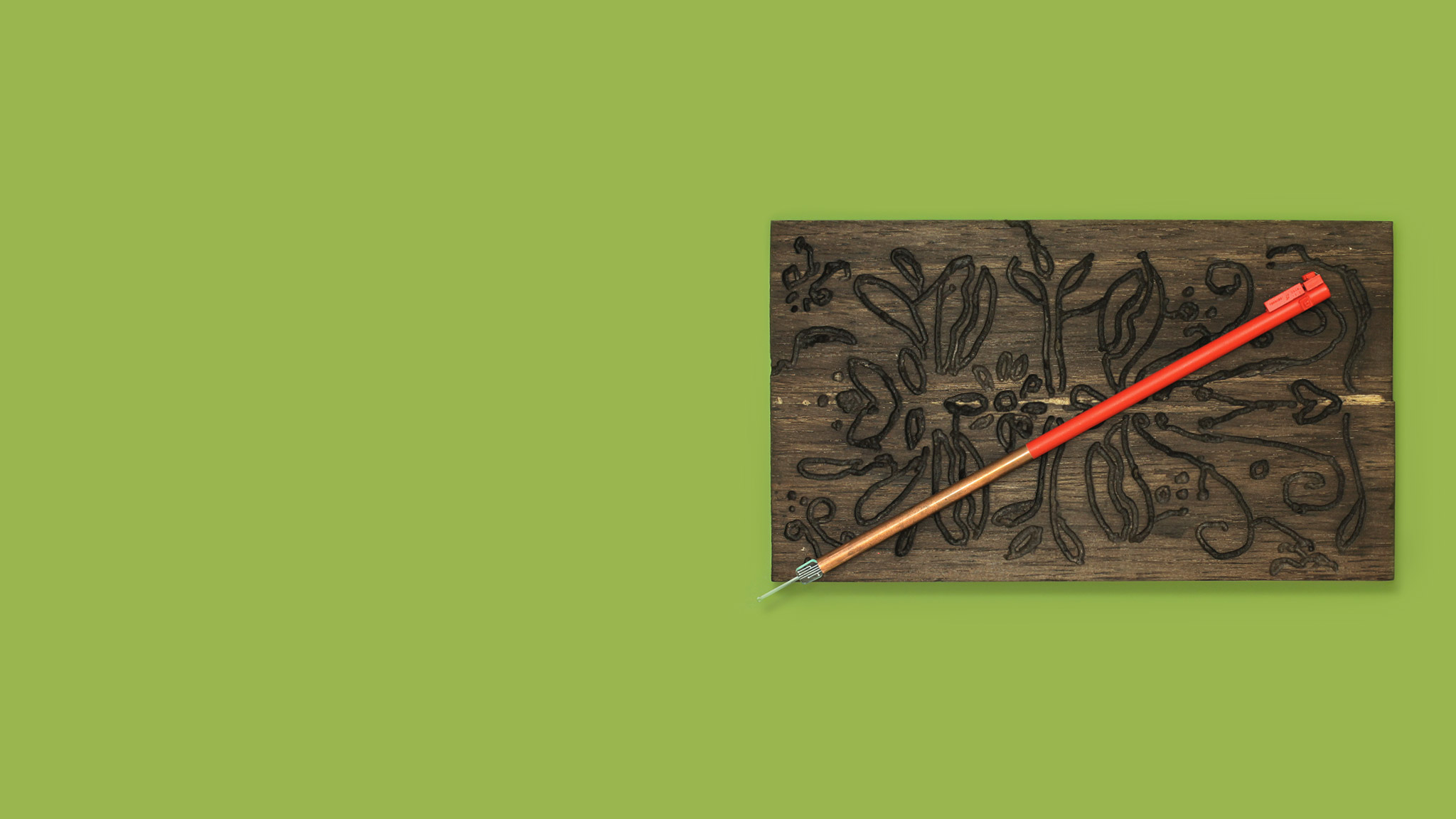
5/
New
Matter


We are used to creating synthetic materials strictly for their function: plastic, rubber, and glass. They all serve specific needs, and can be made almost anywhere. As we create new materials, they might need different traits. Substances might need to have a defined lifecycle, or the ability to sense their surroundings? What parameters should we design into this new matter?
Could these materials create new design conventions? Could they be the source of new economies or convey a sense of origin? What if this next-generation of materials moves us closer to nature rather than further from it?
Part of the appeal of many materials stems from their origin - they have stories that communicate their value. Most people recognize certain regions of the world for producing great coffee or wine. Sometimes we assign value to a specific heritage, like Cuban cigars. We refer to this quality as a Material Narrative.
What about places without unique resources–could we create new materials with new narratives? Could this foster new economies and with it new cultures?
Play Death Valley Sweaters 0:49
Early Evidence:
Shinola was once a shoe shine brand and is now an identity associated with rebuilding Detroit.
Nature is an impressive designer. It creates elegant and resilient ideas that exist as an ecosystem. We wondered how we might frame nature as a design partner. What would we learn, and how would it cause us to approach design differently? Could we co-create with nature? By understanding its properties, could you begin to design with living matter?
Nature is so complex, we wondered what we might learn by creating something as equal partners. Like most relationships, we wanted to create a good balance of give and take.
We wondered if we could reframe a part of nature we loathe into something we might love. Could we make a pest into a partner? Could we co-create with termites?
Early Evidence:
Molecular Machines are creating applications with synthetic biology at the MIT Media Lab.
Nature often bends, but rarely breaks. This made us think about the environments we create. We usually opt for durable, stable and static. We wondered how we might design more Responsive Ecosystems. How could we learn from nature's ability to react its surroundings.
We wanted to design a public space. They cater to so many different needs, they would probably benefit from being more reactive and adaptive. How could we incorporate principles of nature into those designs? Could these moments balance with the imposing industrial structures they are often located next to?
Play Sanctuary Leaves 0:49
Early Evidence: